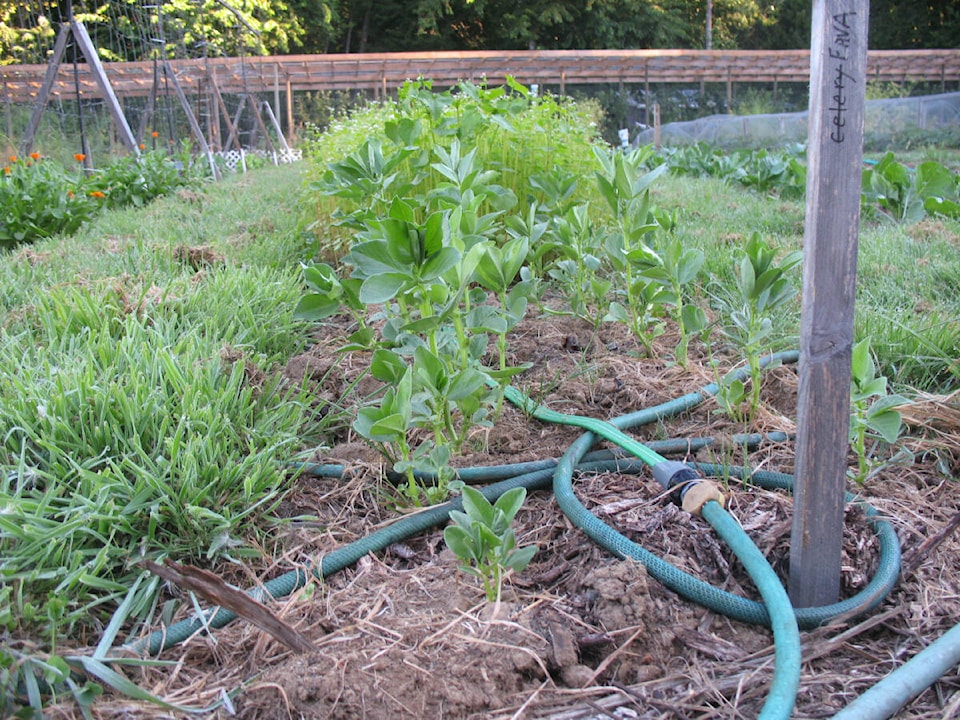By Mary Lowther
This year, I must confess, I have been less diligent than is my wont with regard to weeding. I have excellent excuses: we have been busy moving across the street, for example, and despite the short distance there are still the same number of boxes to pack and unpack. Besides, it has been so hot during the long summer days, and the new garden is a full acre larger than the last.
This year the weeds have gotten away on me, but it could have been worse had I not employed some methods I’ve learned over the years. Besides, weed coverage is better than nothing because at least they hold nutrients in the soil and prevent erosion; in fact, one local farmer uses weeds as his cover crop, and some authors pull out weeds they don’t like, allowing ones they prefer to go to seed and proliferate.
This can lead to problems. First of all, unless you live way out in the boonies, your neighbours will hate you when your weeds go to seed and migrate into their yards. Secondly, you will hate yourself for letting weeds take over, and it doesn’t take long! They go to seed very quickly and some, like morning glory, develop numerous roots that will take over the bed as soon as you turn your back. Even after you think you’ve got them all out, they pop up all over, sucking nutrients and water intended for your vegetables.
In early spring I do allow dandelions in the lawn to flower for the bees, then cut them down before they go to seed. I had a neighbour once who made dandelion wine, but apart from that I don’t know of any use for the flowers. In the garden I prefer using a cover crop designed to outgrow weeds and not go to seed as quickly or send underground roots that pop up unwanted plants elsewhere. Cover crops like crimson clover, buckwheat, field peas, fava beans and fall rye don’t keep popping up after they’ve been dug under, especially when I lay a mulch down. They also outgrow weeds, eventually choking them out. With the exception of fall rye, cover crops are easy to cut down and dig under or toss into the compost, and if one cuts down the rye before it goes to seed, it’s not as difficult. Gardening author Dick Raymond recommends cutting down rye when it’s about three feet high and using the stalks for mulch because it’s seed-free. Manures, hay and straw all have a certain amount of seeds, so he’s found that rye stalks work best.
I keep a foot-wide perimeter dry and clean of any plants as a buffer to keep out weeds, slugs and sow bugs and find that soaker hoses leave most of the soil dry and weed-free. Mulch around my vegetables also keeps down the weeds, but I still need to hoe out weeds at the end of each growing season and to keep the perimeter clean, so I use a stirrup hoe that I sharpen at the end of summer. I love this hoe because the metal is thin and cuts when I push and pull the tool. Then I rake off the weeds and toss them into the compost heap even when they’ve gone to seed because I don’t like to waste good nutrients that they’ve absorbed from my garden bed. I’ll just hoe out their progeny the following year.
As the weather moderates and the boxes are unpacked I find I am running out of reasons not to get out there and follow my own advice. Perhaps I can use the ever present no-see-ums as a backup excuse until the heavy rains arrive.
Please contact mary_lowther@yahoo.ca with questions and suggestions since I need all the help I can get.
